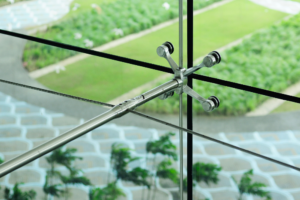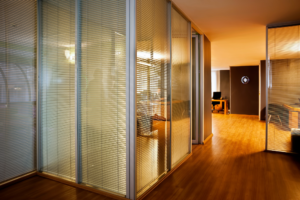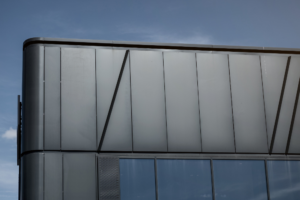The Art and Science of Aluminium Composite Panel (ACP) Cladding: Enhancing Building Durability and Design
In the realm of modern architecture and construction, the quest for materials that blend aesthetic appeal with functional robustness has led to innovative solutions. Among these, Aluminium Composite Panel (ACP) cladding stands out as a revolutionary approach, merging the art of design with the science of durability. This fusion not only elevates the structural integrity of buildings but also transforms their visual impact, marking a significant evolution in how buildings are conceived and perceived. The Aesthetic Revolution ACP cladding has redefined architectural aesthetics by offering a diverse palette of colors, textures, and finishes. This versatility enables architects and designers to realize their creative visions without compromise, allowing buildings to communicate identity and ethos through their exteriors. Whether it’s mimicking natural materials like wood and stone or embracing futuristic metallic finishes, ACP cladding turns building facades into canvases for artistic expression. The seamless integration of ACP panels with other building materials and elements accentuates the overall design, creating harmonious and visually compelling structures. This design flexibility not only enhances the building’s appearance but also contributes to its branding and identity, making it a landmark in its surroundings. The Science Behind the DurabilityBeyond its aesthetic versatility, ACP cladding offers exceptional durability and resistance to environmental stressors. Comprising two aluminium sheets bonded to a non-aluminium core, ACP panels provide a lightweight yet rigid structure that withstands weathering, corrosion, and UV radiation. This resilience ensures long-term preservation of the building’s appearance, reducing maintenance costs and extending the lifespan of the structure. Moreover, ACP cladding contributes to improved thermal insulation, aiding in energy efficiency. The insulation properties of the panels help in maintaining optimal indoor temperatures, reducing the reliance on heating and cooling systems, and consequently lowering energy consumption and costs. The Role in Sustainable ConstructionSustainability in construction is not just a trend but a necessity, and ACP cladding aligns with this imperative by offering eco-friendly features. The recyclability of aluminium, coupled with the energy efficiency benefits of ACP cladding, underscores its role in green building practices. Additionally, the lightweight nature of ACP panels reduces the structural load on buildings, enabling the design of more resource-efficient foundations and support systems. Transforming Urban LandscapesThe application of ACP cladding is transforming urban landscapes, contributing to the creation of buildings that are not only functional shelters but also works of art. From commercial towers and shopping malls to residential complexes and public buildings, ACP cladding is a preferred choice for facade treatment, signifying modernity and progress. The ability of ACP cladding to adapt to various architectural styles—from minimalist and contemporary to traditional—makes it a universal solution for enhancing building durability and design across diverse geographic and cultural contexts. Looking Forward: The Future of ACP CladdingAs technology advances, the potential for ACP cladding continues to expand. Innovations in panel composition, coating technologies, and installation methods are set to further enhance its performance and aesthetic possibilities. The future of ACP cladding lies in its ability to adapt to the evolving demands of sustainable architecture, offering solutions that are not only visually appealing but also environmentally responsible and economically viable. ConclusionThe art and science of Aluminium Composite Panel cladding represent a confluence of design innovation and material science, offering a comprehensive solution that enhances both the durability and aesthetic appeal of buildings. As we move towards a future where the built environment reflects a commitment to sustainability, functionality, and beauty, ACP cladding stands as a testament to the possibilities of modern construction and architectural creativity.




